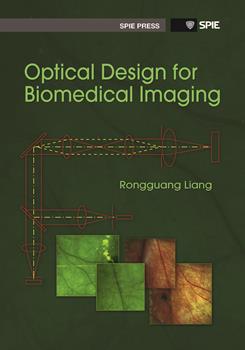|
1.1 Introduction Biomedical optical imaging is one of the most rapidly growing and most relied-upon tools in health care for diagnosis and treatment of human diseases. Optical imaging with human eye visual examination was the first method ever used in disease detection and diagnosis. Optical imaging overcomes some of the deficiencies found in the currently used medical techniques of x-ray, ultrasound, and magnetic resonance imaging (MRI), including: • Harmful ionizing radiation, in the case of x-ray imaging, • Lack of specific chemical and dynamic information from MRI, and • Low resolution. Modern biomedical optical imaging utilizes optical contrasts, such as the difference in light absorption, transmission, reflection, scattering, and fluorescence between the region of interest (ROI) and the surrounding area, providing both structural and functional information. The following are some of the benefits offered by optical contrasts: • Ionizing radiation does not exist. • Optical spectra, based on absorption, fluorescence, or Raman scattering, provide information on cellular processes and tissue chemistry as well as detailed chemical and dynamic information. • Optical absorption provides contrast for functional imaging. • Optical scattering spectra provide information about the size distribution of optical scatter. • Optical polarization provides information about structurally anisotropic tissue components. • Optical properties of targeted contrast agents provide contrast for the molecular imaging of biomarkers. • Optical imaging permits simultaneous detection of multiple contrast agents. |
|
|


